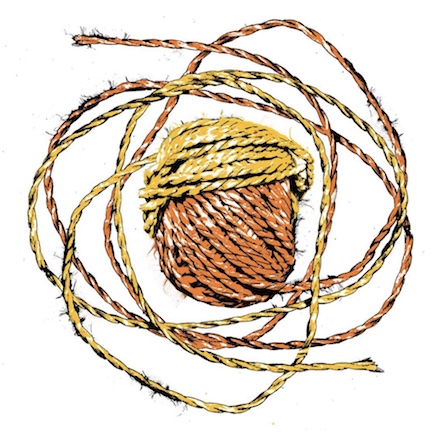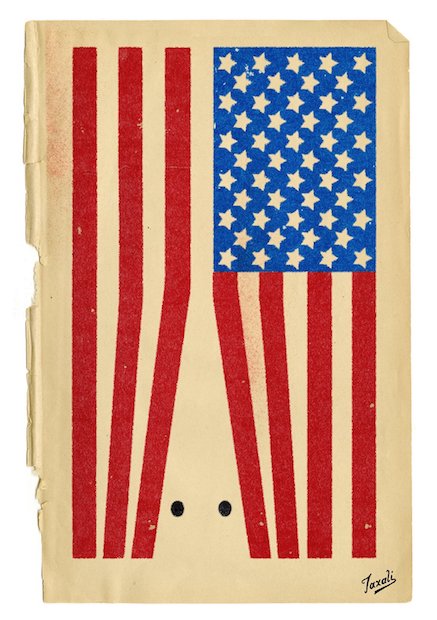13 May 2020
24 September 2019
28 July 2019
30 March 2019
A cold (yet productive) winter…
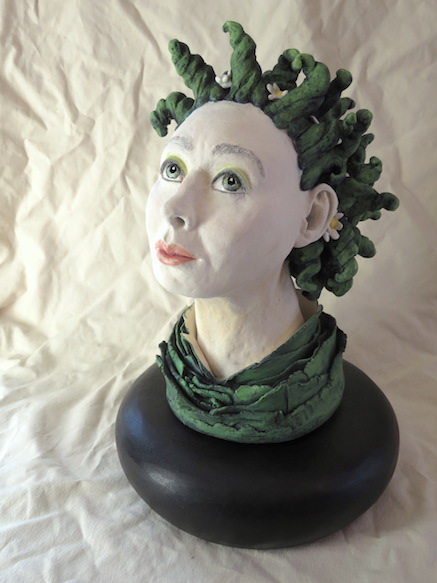
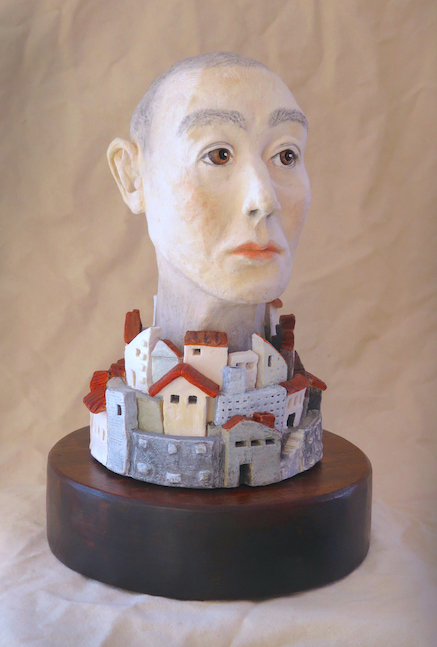
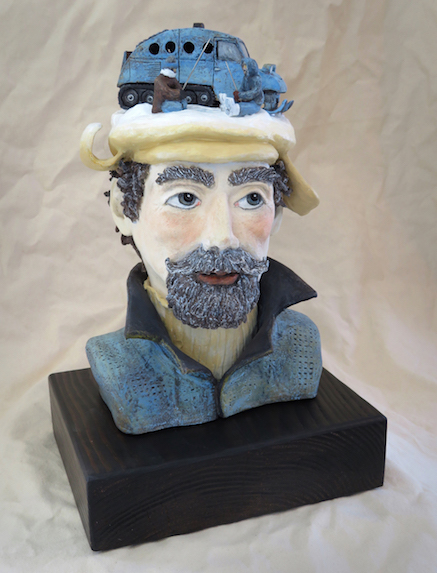
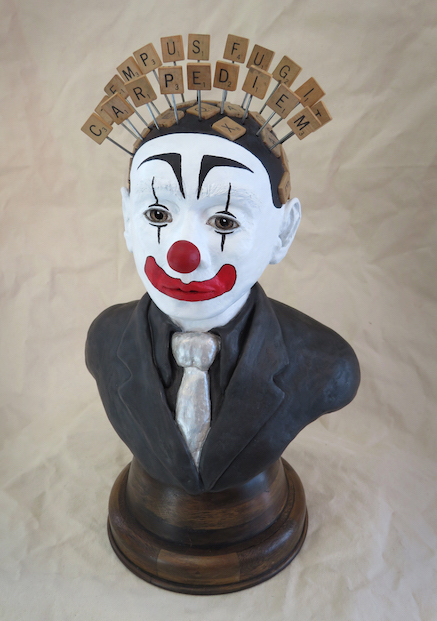
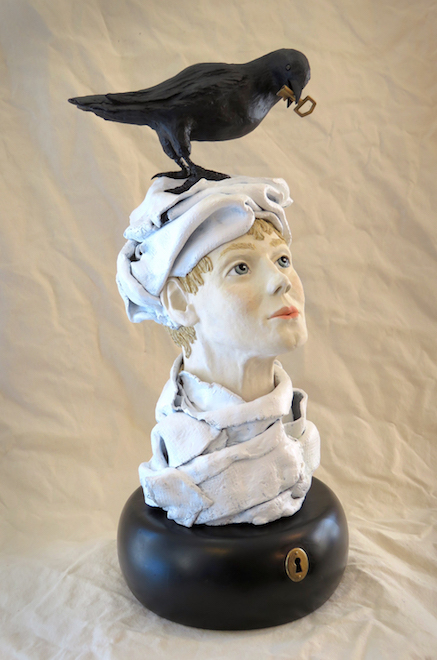
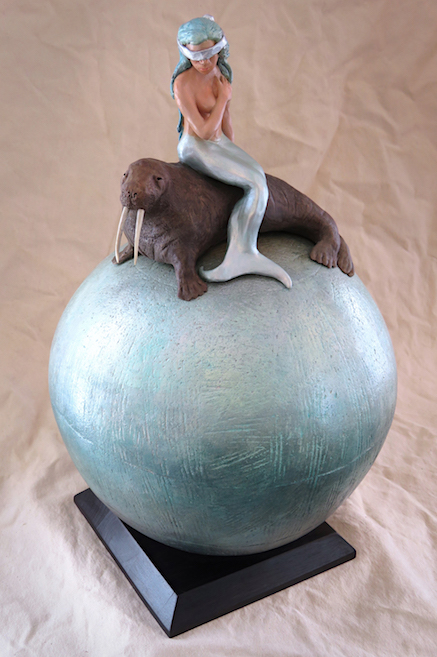
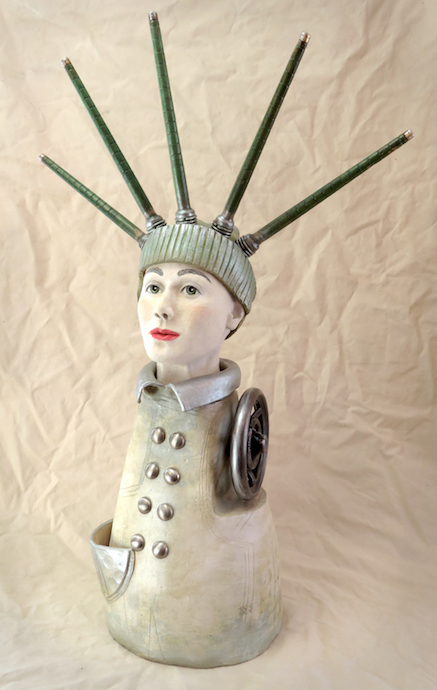
Winnipeg Beach, Manitoba
As had been predicted by some weather prognosticators, the past four months have proved to be an exceptionally cold, harsh winter. At Christmas, Ev and I discussed how to make the best of this challenge — and a decision to focus on creating new work in her ceramic/sculpture studio ‘What? Clay Art & Curios’ offered the solution. (The door to the studio is less than 20 meters from the front door of the house, so, no worries about debilitating wind-chills…).
Ev and I collaborate on many of her pieces, with me acting as studio assistant — my background in painting and illustration is put to use (e.g. on cold-finishes) and I particularly enjoy the aspect of multi-media assemblage (combining and joining diverse materials in innovative ways), up-cycling antique and “scrap” elements, and mounting her sculptures to bases, etc. We have a lot of fun together.
Shown above is a sampling of the pieces created in Ev’s studio so far this year (some have sold, some are in galleries) — more complete postings on these pieces (including titles, dimensions, technical descriptions, and “artist’s statements)” can be viewed on her website here.
9 February 2019
RIP… Tomi Ungerer (1931-2019)

Cork, Ireland
Tomi died peacefully in his sleep with a book beside him. He recently began working on a new collection of short stories and he has two major exhibitions opening in Paris this Spring. Tomi’s imagination never slept. Read more…
A polymath and a provocateur, Tomi Ungerer is perhaps best described by his motto: ‘Expect the Unexpected’.
His life and work defied easy categorization. Although best known as an author and illustrator of children’s books, Tomi Ungerer’s oeuvre encompassed diverse practices including illustration, advertising, writing, collage, sculpture and architectural design. From the beginning of his career in the 1950s to the present day, Ungerer’s work challenged social norms and conventions with breath-taking originality.
Born in Strasbourg in 1931, Ungerer worked in New York, Canada and Ireland as well as his place of birth. He has published over 140 books which have been translated into 28 different languages, ranging from his acclaimed children’s stories to autobiographical accounts to controversial volumes of social satire and adult themes.
Ungerer’s illustrative style is celebrated for its minimal dexterity, darkly comic wit and dazzling inventiveness. Renowned for his iconic advertising campaigns and his contentious political posters that railed against the Vietnam War and racial injustice in the 1960s, Ungerer’s frequently subversive work provides invaluable commentary on the divisive socio-political events of the second half of the twentieth century. Ungerer’s work continues to be politically-charged and he has been involved in numerous humanitarian campaigns for nuclear disarmament, Amnesty International, Reporters without Borders and more recently, European integration.
(from Tomi Ungerer’s official website) Learn more here…
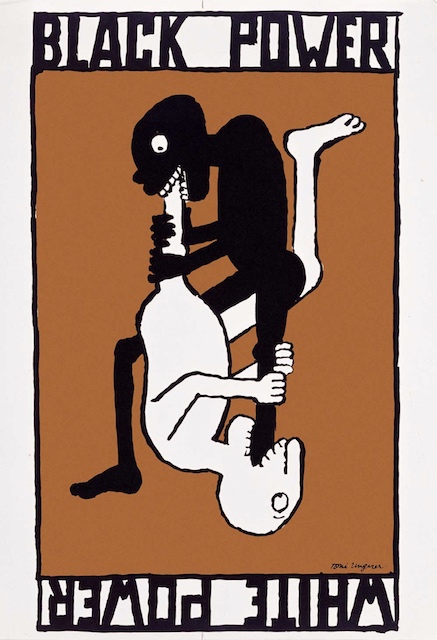
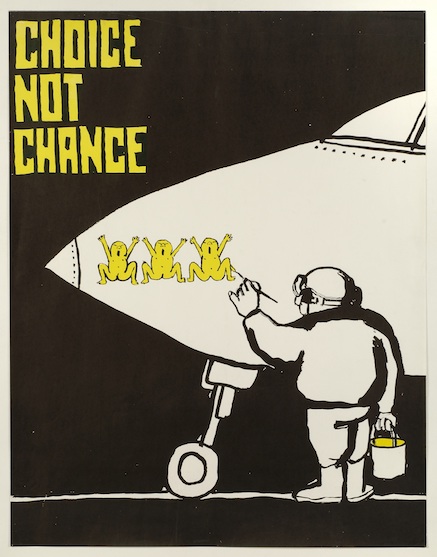
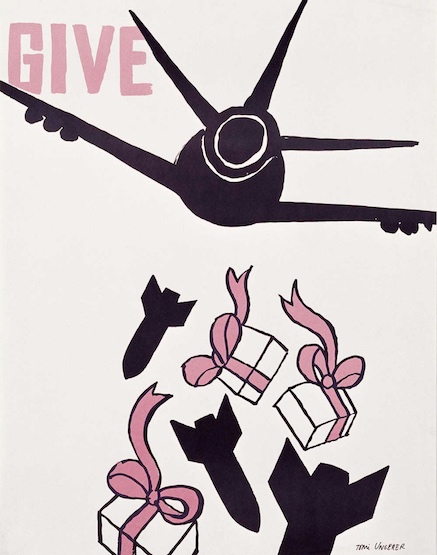
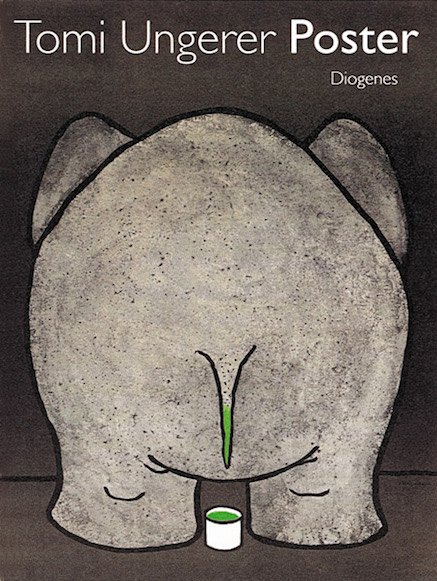
“Posters for me are the most challenging and gratifying exercise. A poster has to act by impact, to catch the eye of a passerby within a few seconds. I would say the poster is more of an art form than most other kinds of advertising.
In the 1960’s I started to make political posters. Two subjects sparked my revulsion and my anger: racial segregation and the War on Vietnam. Later I did posters for other causes such as Amnesty International, liberty of the press, animal rights, ecology, nuclear disarmament and so on.” —Tomi
22 December 2018
Portraits of the North… on Facebook
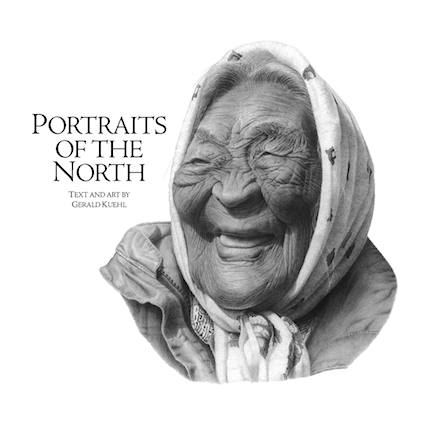
Winnipeg, Canada
A year ago today, I created a Facebook “page” for good friend Gerald Kuehl, helping to promote his book Portraits of the North, and thereby further disseminating the compelling “stories” that Ger has been entrusted to pass on by his subjects.
I’m happy to share that, according to Facebook’s traffic reports, in the past 12 months over 300,000 have had posts from the FB page enter their screen (“post reach” or visibility, in FB metrics-speak) — an average of (+/-) 6000 people per week along with (+/-) 1000 “post engagements” (the number of people who have engaged with the weekly posts through “likes, comments, shares and more).”
It’s really encouraging to see these moving, engaging pencil portraits of First Nations and Métis elders — “the last generation born on the land” as they have been described, with each having been drawn painstakingly with love, respect, and intention — being shared and appreciated so widely. Huge thanks (!) are due to the family, friends, relations, supporters, and community members of the individuals portrayed… please keep sharing the legacies!
Miigwetch. Ekosani. Masi Cho. Wopida. Ayhay. Merci. Thank you!
Link to the Facebook page for Portraits of the North here. Buy the book at your local booksellers’ or here. I’ve blogged about Gerald Kuehl’s incredible work previously, here and here.
24 November 2018
Some positive change, in Canada…


Winnipeg, Canada
At a ceremony held on 19 November at The Canadian Museum for Human Rights here in Winnipeg, Canada’s new $10 banknote was launched into circulation. The face side of the note features civil rights activist Viola Desmond, first Canadian woman to be profiled on a regularly circulating banknote, with the The Canadian Museum for Human Rights on the other.
The first vertically oriented banknote in Canada, the design includes an artistic rendering of Halifax’s north end and waterfront, where Viola Desmond lived and owned a beauty salon; also depicted is an eagle feather, which the Bank of Canada says represents the ongoing journey toward recognizing rights and freedoms for Indigenous people.
On Nov. 8, 1946, Desmond took in a movie at the Roseland Theatre in New Glasgow while her car was getting fixed. When she refused to leave the whites-only section on the main level of the theatre, Desmond, 32, was dragged out by police and jailed. Black people were only allowed to sit in the balcony of the theatre. Her defiance shone a light on the civil rights movement and helped motivate the struggle against racial segregation in Canada.
Segregation was legally ended in Nova Scotia in 1954, in part because of the publicity generated by Desmond’s case. She is often described as Canada’s Rosa Parks, even though Desmond’s act of defiance happened nine years before Parks refused to give up her seat on an Alabama bus.
Read more in a CBC news report here. Read an in-depth primer article by The Globe and Mail here. Watch a Heritage Minute (video) about Ms. Desmond here.
Images above: The new vertical Canadian $10 bill that goes into circulation in the next month; Viola Desmond’s sister Wanda Robson with the new bill (at the launch ceremony in Winnipeg).
Image below: The old/outgoing $10 bill featuring Canada’s first prime minister and “founding father,” John A. Macdonald, along with a western osprey (Pandion haliaetus) — I’m happy to see the end of Macdonald in my wallet (he’s now widely seen as responsible for horrific genocide of Indigenous People in this country) — though I did quite like the large fish hawk.

17 November 2018
Joni Mitchell at 75… Happy Birthday!
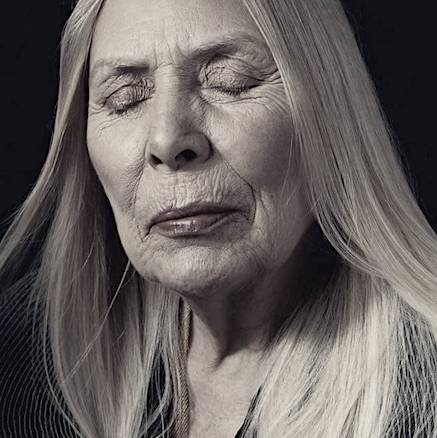
Los Angeles, California
“On an early November day in 1966, a tall, thin, Nordic-Celtic vision in a minidress and clunky heels, hunched over the microphone at the Second Fret coffeehouse in Philadelphia, and against her then-husband’s wishes, she sang the songs she was beginning to write in great creative gusts. It was the moment that Joni Mitchell — a wounded, determined runaway from a complicated childhood in the Canadian prairies and soon enough from an unhappy marriage — became a star.”
The news media (around the world) have been abuzz in the past weeks with praise for and tributes to the one and only Joni Mitchell, who turned 75 last week. The inimitable artist has been mostly “lying low” lately, recovering from a brain aneurysm suffered in 2015, though she has made a few public appearances. In early November, a two-night gala benefit for LA’s flagship performing arts destination, the Music Center, “was crafted by loving hands to make a space for Mitchell to inhabit, likely in silence, and hear her voice come alive through her friends and acolytes.” Read more here, here, here, or here.
Our design team at Circle was delighted to have the opportunity (in 2007) to design a stamp commemorating the song-writing and musical legacy of Joni Mitchell — one in a set of four stamps also celebrating Canadian musical artists Gordon Lightfoot (who turned 80 today!), Anne Murray, and Paul Anka. For Joni’s stamp, we were able to obtain usage rights for a beautiful photo by New York photographer Gregory Heisler/Cpi.


14 November 2018
NO!
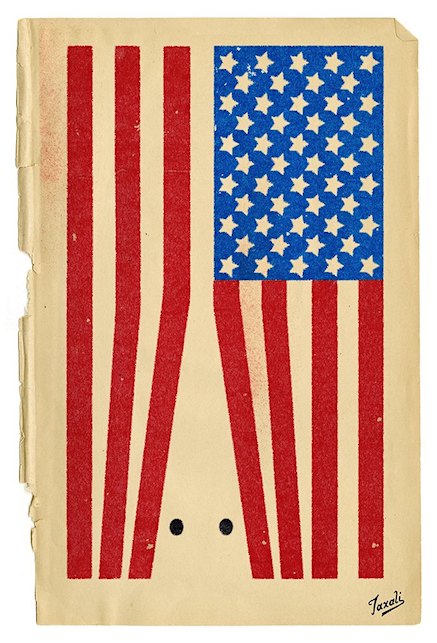
In heartening news, this just in…
Friend Gary Taxali shares: “I just got a phonecall and I am very excited to announce my artwork, “NO” won a Gold Medal at the Society of Illustrators in NYC! Thank you to the judges for this very special honour. Especially for recognizing this image because it speaks to the amount of hate that’s growing in the world.”
9 November 2018
A cautionary tale… featuring Jack Frost.
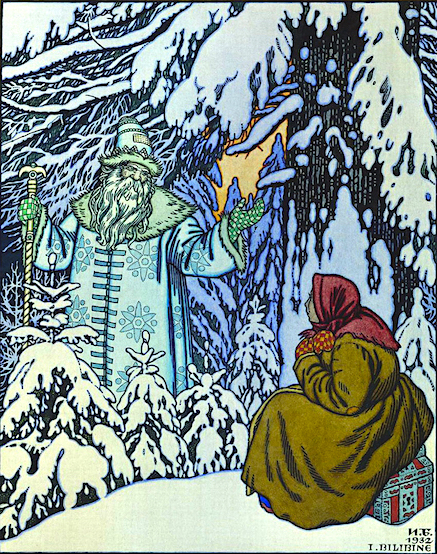
Somewhere in wintery Russia…
Once upon a time, there was a woman who had both a daughter of her own, whom she loved, as well as a step-daughter, whom she hated. One day, the woman ordered her husband to take her stepdaughter out into the winter fields and leave her there to die, and he obeys her. Morozko (aka Jack Frost) finds her there; she is polite and kind to him, so he gives her a chest full of beautiful things and fine garments. After a while, the stepmother sends her father to bring back the girl’s body to be buried, which he also obeys. After a while, the barking family dog imparts that the girl is coming back, and that she is beautiful and happy.
When the stepmother sees what her stepdaughter has brought back, she orders her husband to take her own daughter out into the fields. Unlike before, this child is rude to Morozko, and he freezes her to death. When the husband goes out to bring her back, the family dog forewarns that the child will be buried. When the father brings back the body, the old woman weeps.
(In the Grimm version of this fairy tale, the girl is coated with gold and sliver coins while the rude child is coated with cement, mud, flour and pitch).
Illustration by Ivan Bilibin.


